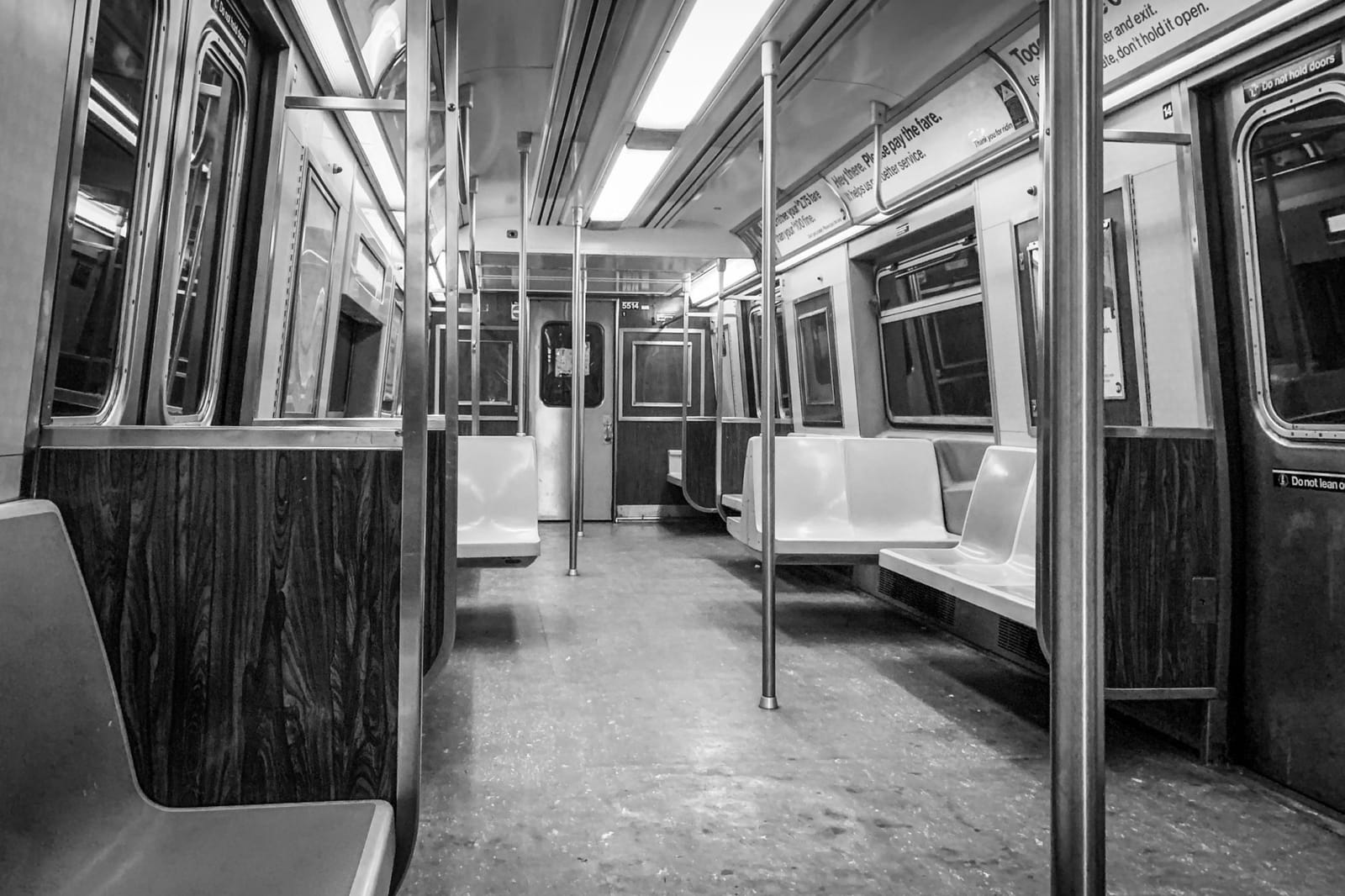I’m struggling to return to the rhythm of New York after spending a month on a dark island in the Baltic Sea. But the muscle memory of the subway always remains: its iron shriek and crowd compression, the buskers in red tracksuits twirling their hats to an overdriven breakbeat before wishing everybody a blessed day. And the surreal sight of all of us sitting in a row, staring into little pieces of glass.
I opened my increasingly tattered copy of Seeing Is Forgetting the Name of the Thing One Sees and returned to the artist Robert Irwin’s monastic obsession with lines, dots, and discs. Just as I was about to give up on his fixation with flatness and picture planes, he described his desire “to dig into the root question of how an orthodoxy becomes so deeply rooted that becomes hidden.” I closed the book and watched everyone on the subway swiping and scrolling, hunting for something. Or escaping. I felt my own hands twitching, inching towards my telephone in search of fresh data and virtual interactions. How did these cravings and gestures become so ingrained so quickly?
Airlines are limiting flights to China as the spread of the coronavirus continues. Billionaire candidates are buying better poll numbers while a death cult in the Senate defends the current president’s crimes. Democracy feels like it’s circling the drain. There still isn’t any snow. These are uneasy days of sensing that the world has been altered in some fundamental way, that the sooner or later the piper must be paid and we will need to change our ways. And maybe we will. Maybe our orthodoxies are becoming less hidden now that so much deeply weird behavior is on display. Last night I had a dream about something called digital atonement.





